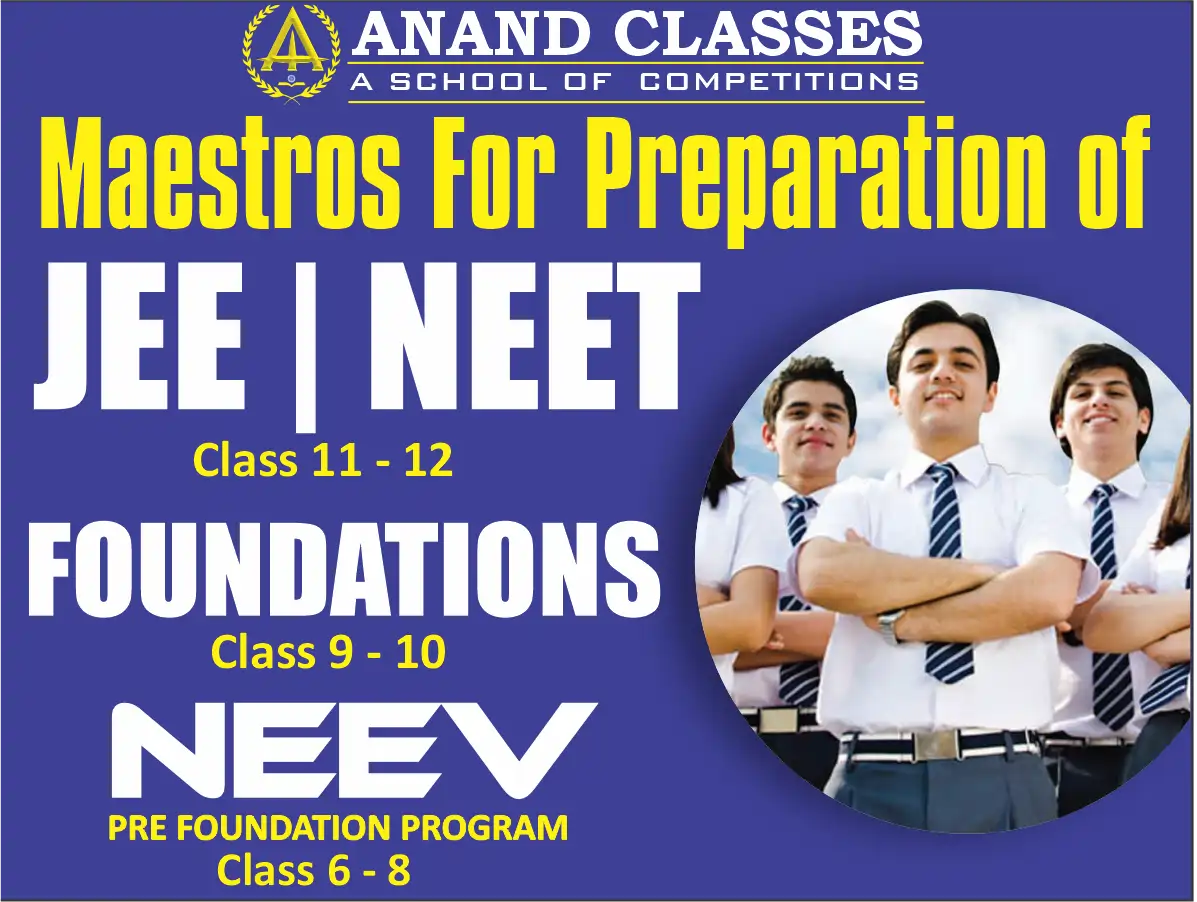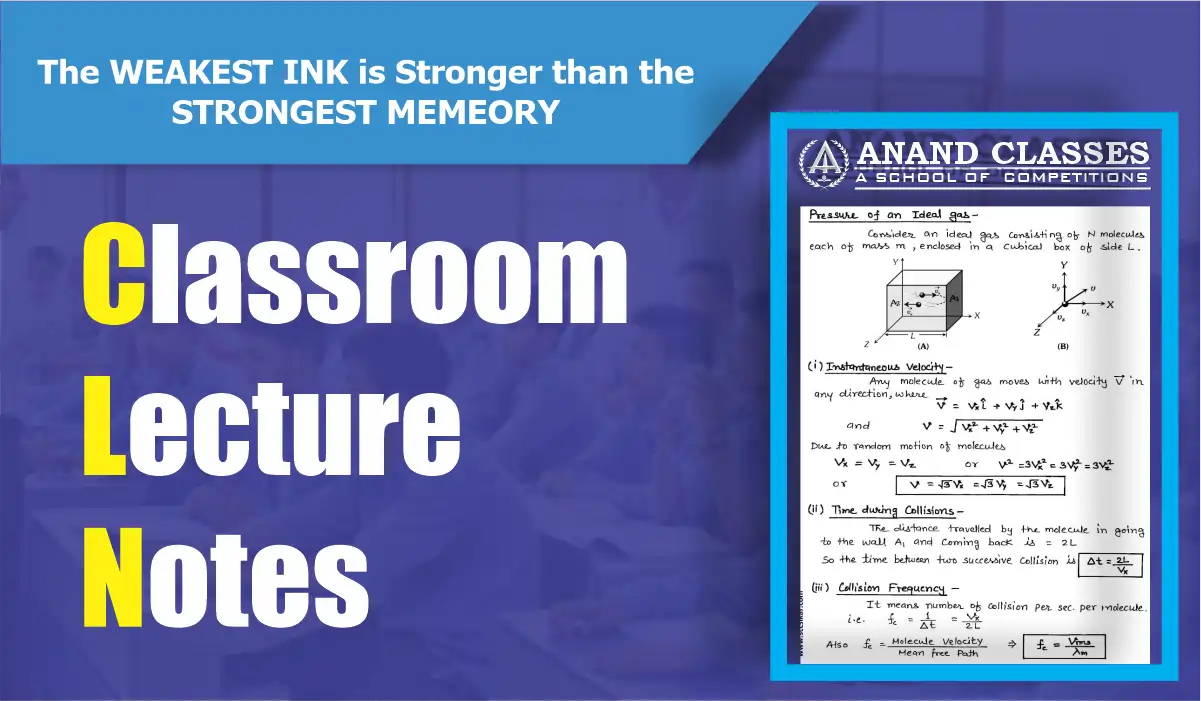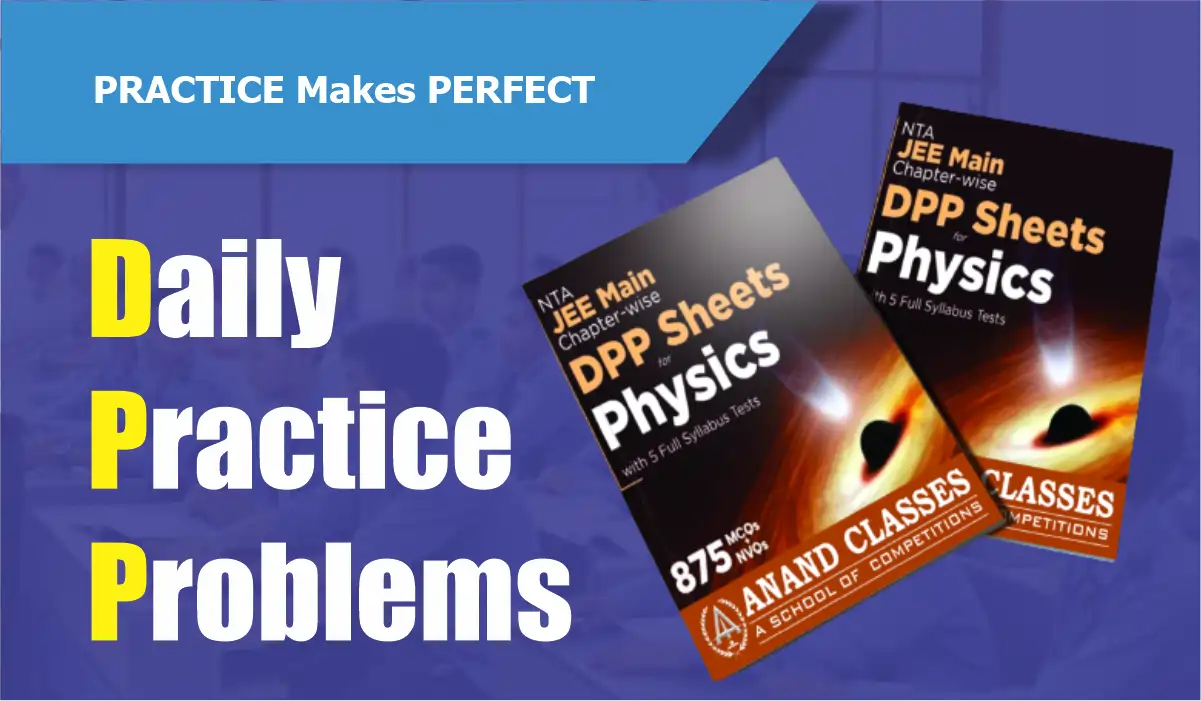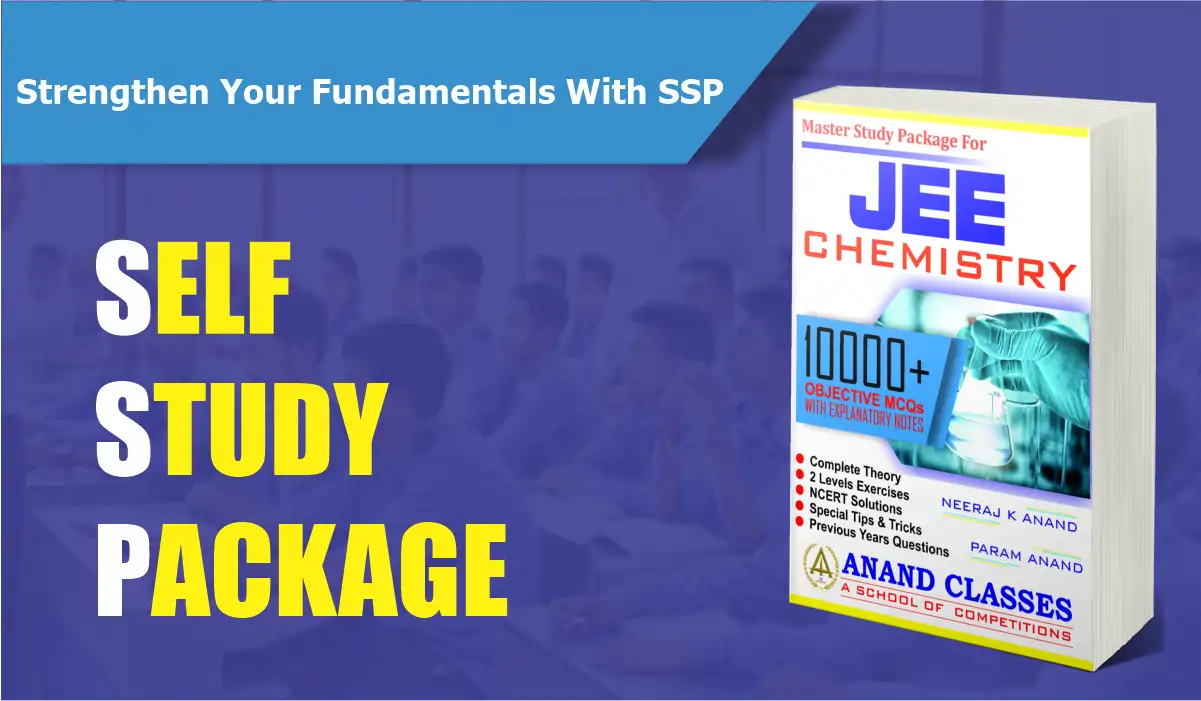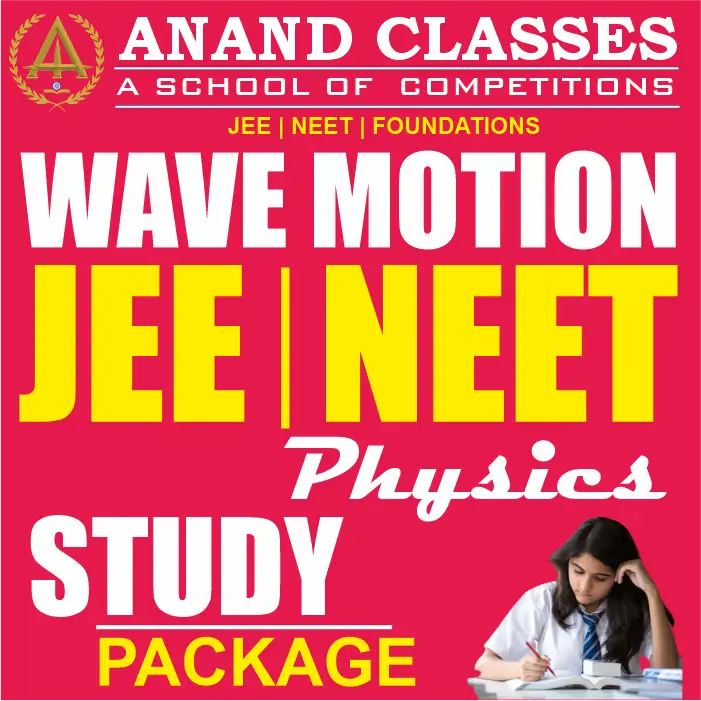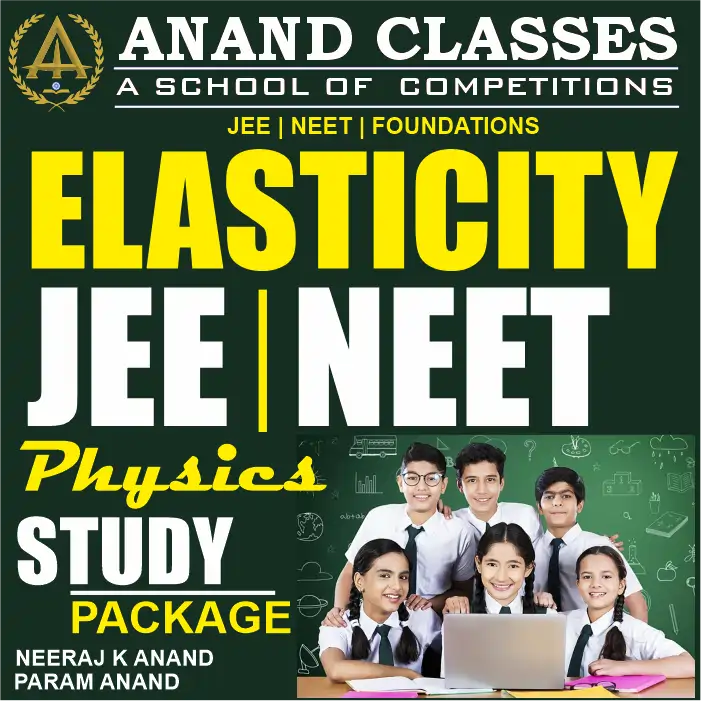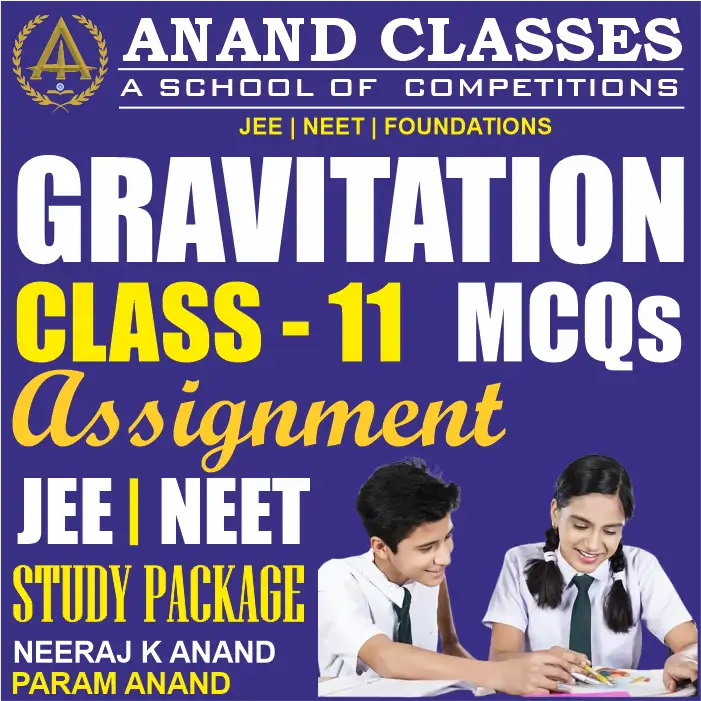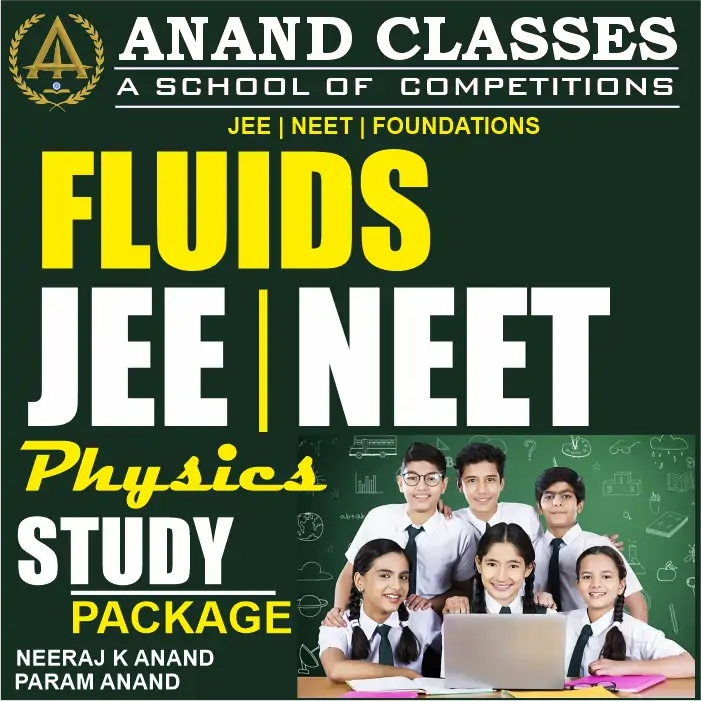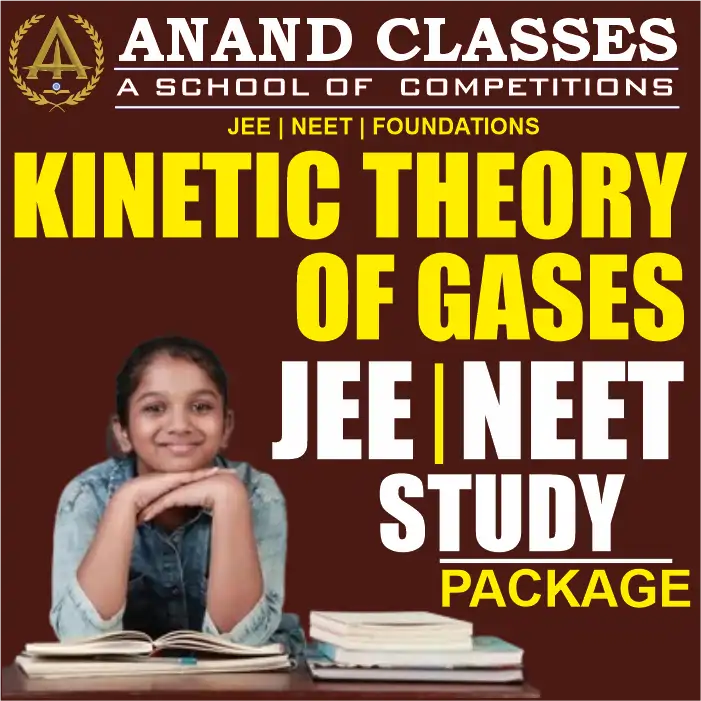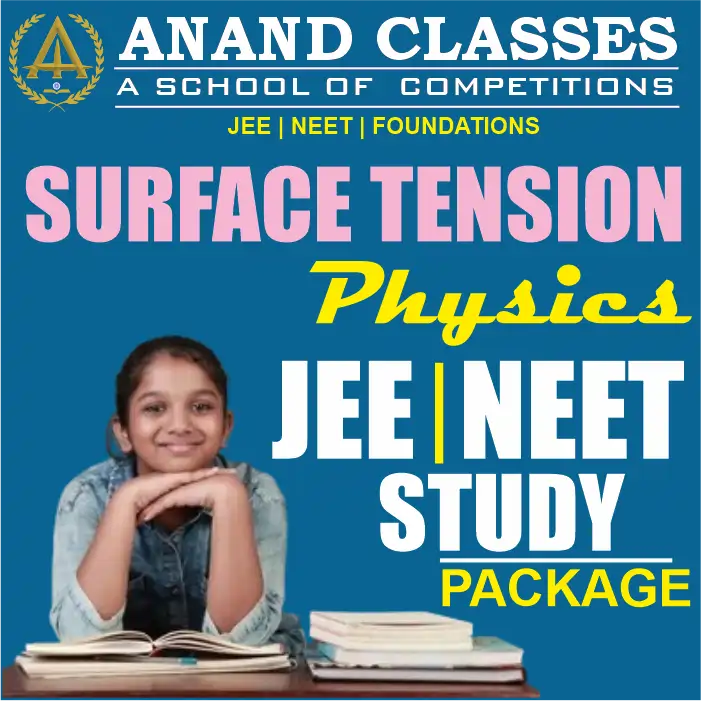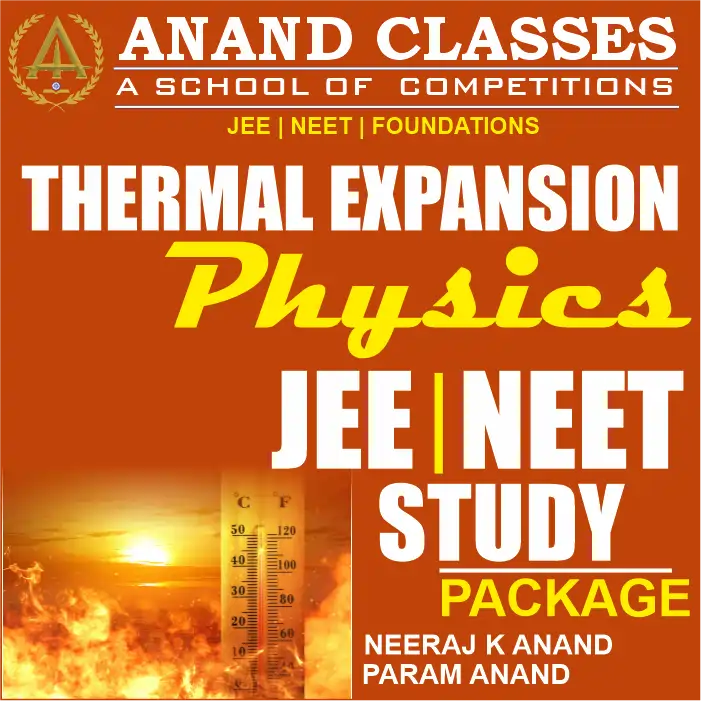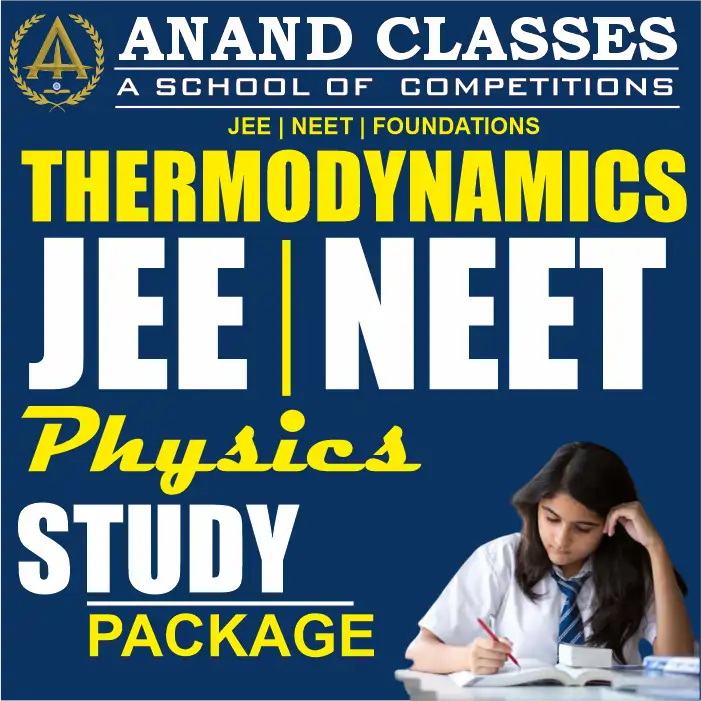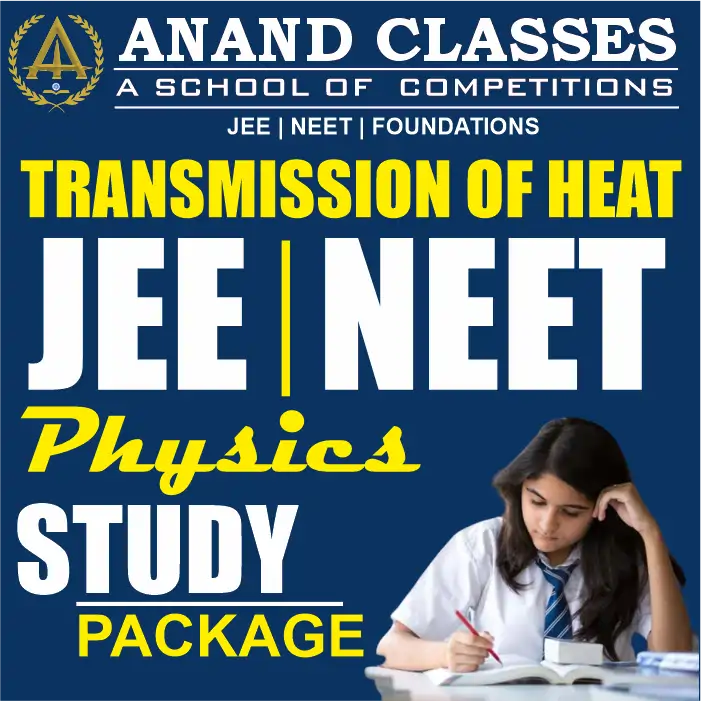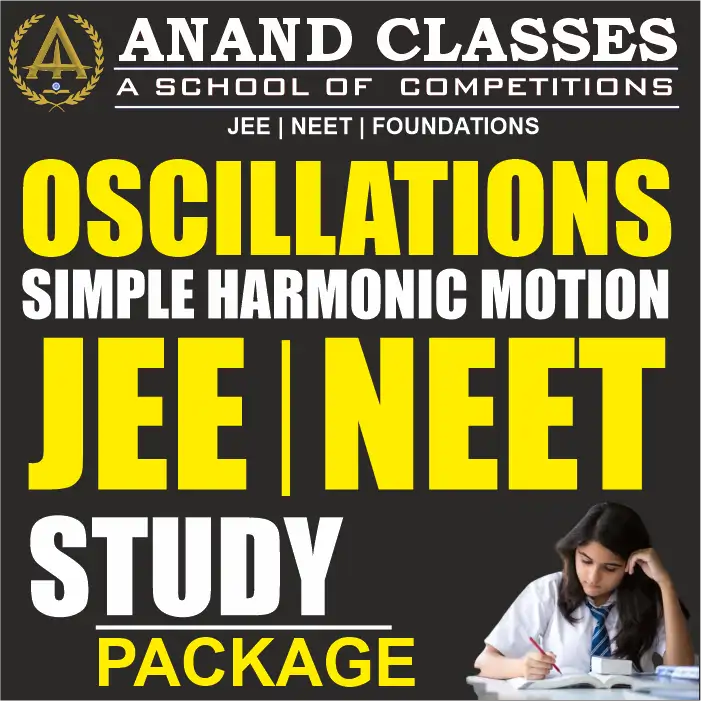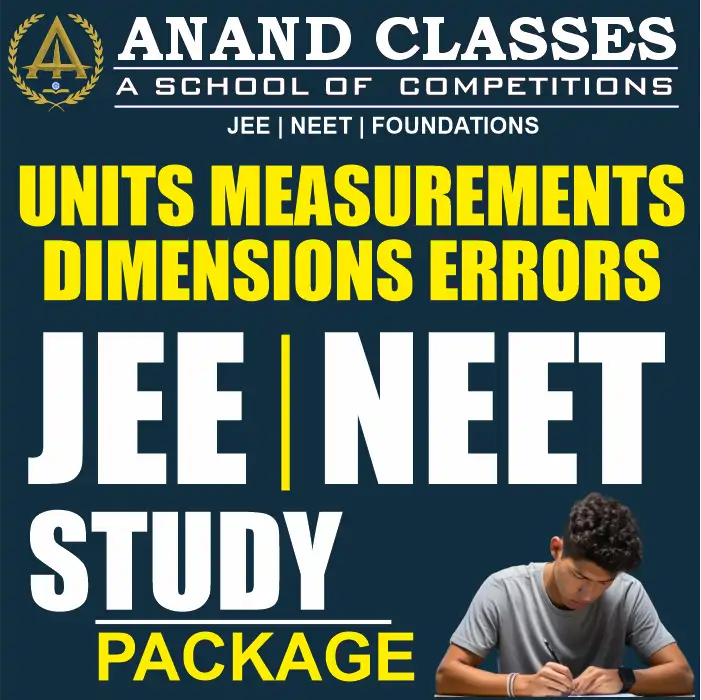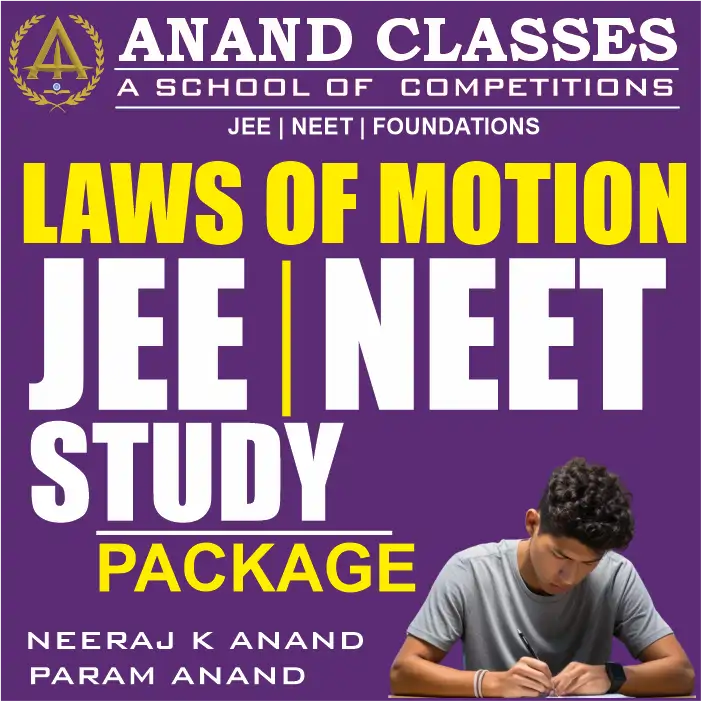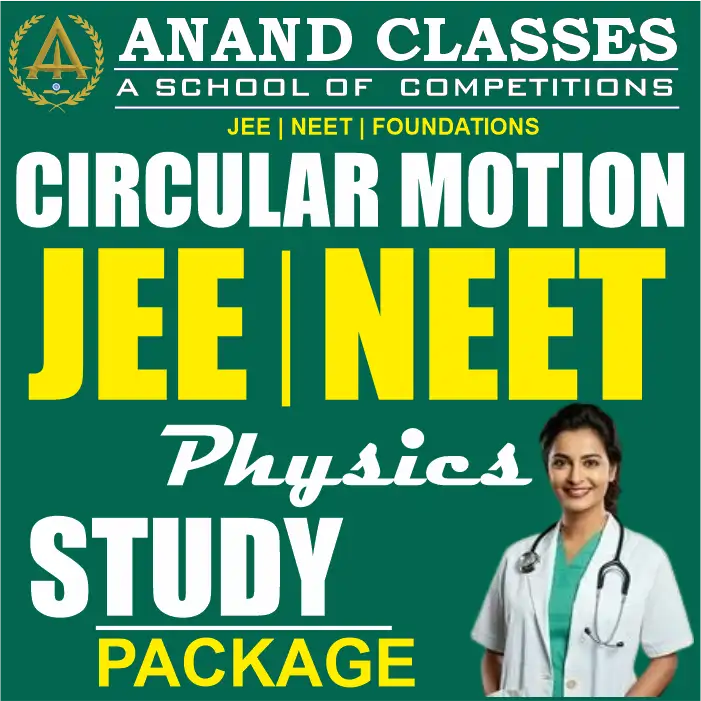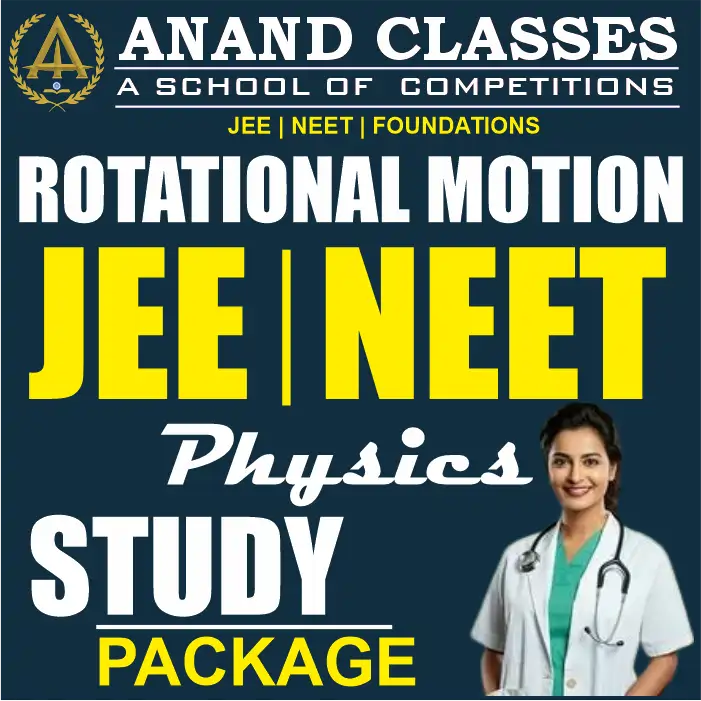Wave Motion Notes With JEE NEET MCQS Physics Class 11 CBSE Study Material Full Chapter Download pdf-Anand Classes
Class 11 Wave Motion for JEE, JEE Main Wave Motion, NEET Physics Wave Motion, Wave Motion Questions for JEE, Wave Motion in JEE Syllabus, JEE Advanced Wave Motion Practice, Wave Motion and Waves JEE Notes, JEE Wave Motion Important Topics, NEET Physics Waves, Wave Motion and Waves NEET Questions, Class 11 Physics NEET Wave Motion, NEET Wave Motion Formulas, Wave Motion Previous Year JEE Papers, NEET Wave Motion Study Material, Class 11 Physics Wave Motion NEET Revision, Wave Motion Practice Problems for JEE and NEET, NEET Wave Motion Online , Coaching, Wave Motion Video Lectures JEE NEET, JEE Main Wave Motion Mock Test, NEET Physics Wave Motion MCQs, Wave Motion and Waves JEE NEET Exam Tips, Free Wave Motion Physics JEE, NEET Wave Motion Sample Papers, Wave Motion Concepts for JEE NEET, JEE Wave Motion and Waves Revision Notes, waves notes class 11, waves notes class 11 pdf, waves notes pdf download, waves notes class 12, waves notes jee, waves notes for jee mains pdf, waves notes for neet, waves notes class 12 pdf
Introduction of Waves
A wave is a disturbance in a medium that carries energy without a net movement of particles. It may take the form of elastic deformation, a variation of pressure, electric or magnetic intensity, electric potential, or temperature.
- Transfers energy.
- Usually involves a periodic, repetitive movement.
- Does not result in a net movement of the medium or particles in the medium (mechanical wave).
There are some basic descriptors of a wave. Wavelength is the distance between two successive identical parts of the wave. Amplitude is the maximum displacement from the neutral position. This represents the energy of the wave. Greater amplitude carries greater energy. Displacement is the position of a particular point in the medium as it moves as the wave passes. Maximum displacement is the amplitude of the wave
Frequency (ƒ) is the number of repetitions per second in Hz, Period (T) is the time for one wavelength to pass a point.
The velocity (v) of the wave is the speed at which a specific part of the wave passes a point. The speed of a light wave is c.
Types of Waves:
The types of waves are given below.
Transverse Waves
Waves in which the medium moves at right angles to the direction of the wave.
Examples of transverse waves:
- Water waves (ripples of gravity waves, not sound through water)
- Light waves
- S-wave earthquake waves
- Stringed instruments
- Torsion wave
The high point of a transverse wave is a crest. The low part is a trough.
Longitudinal Wave:
A longitudinal wave has the movement of the particles in the medium in the same dimension as the direction of movement of the wave.
Examples of longitudinal waves:
- Sound waves
- P-type earthquake waves
- Compression wave
Parts of longitudinal waves:
Compression: where the particles are close together.
Rarefaction: where the particles are spread apart.
Mechanical waves:
A wave which needs a medium in order to propagate itself. Sound waves, waves in a slinky, and water waves are all examples of this.
Matter Waves:
Any moving object can be described as a wave When a stone is dropped into a pond, the water is disturbed from its equilibrium positions as the wave passes; it returns to its equilibrium position after the wave has passed.
Electromagnetic Waves:
These waves are disturbance that does not need any object medium for propagation and can easily travel through the vacuum. They are produced due to various magnetic and electric fields. The periodic changes that take place in magnetic and electric fields and therefore known as electromagnetic waves.
Wave Speed Formula
It is the total distance covered by the wave in a given time period. The formula for wave speed is given as,
Wave Speed = Distance Covered/Time taken
Properties of Waves
The prime properties of waves are as follows:
Amplitude – Wave is an energy transport phenomenon. Amplitude is the height of the wave, usually measured in metres. It is directly related to the amount of energy carried by a wave.
Wavelength – The distance between identical points in the adjacent cycles of crests of a wave is called a wavelength. It is also measured in metres.
Period – The period of a wave is the time for a particle on a medium to make one complete vibrational cycle. As the period is time, hence is measured in units of time such as seconds or minutes.
Frequency – Frequency of a wave is the number of waves passing a point in a certain time. The unit of frequency is hertz (Hz) which is equal to one wave per second.
The period is the reciprocal of the frequency and vice versa.
Speed – The speed of an object means how fast an object moves and is usually expressed as the distance travelled per time of travel. The speed of a wave refers to the distance travelled by a given point on the wave (crest) in a given interval of time.
Wave Motion Notes With JEE NEET MCQS Physics Class 11 CBSE Study Material Full Chapter Download pdf-Anand Classes
Frequently Asked Questions
What is a wave?
Define frequency of a wave.
Define amplitude of a wave.
What are electromagnetic waves?
Give some examples of electromagnetic waves.
electromagnetic waves.
Wave Motion Notes With JEE NEET MCQS Physics Class 11 CBSE Study Material Full Chapter Download pdf-Anand Classes
Short Notes of Chapter Waves Class 11 Physics download pdf free
1. Introduction to Waves:
- A wave is a disturbance that transfers energy through a medium or space without a net movement of particles.
- Examples include sound waves, light waves, and water waves.
2. Types of Waves:
- Mechanical Waves:
- Require a medium (solid, liquid, or gas) for propagation.
- Examples: sound waves, water waves.
- Electromagnetic Waves:
- Can propagate through a vacuum (no medium).
- Examples: light waves, radio waves.
3. Characteristics of Waves:
- Amplitude (A):
- Maximum displacement from the equilibrium position.
- Frequency (f):
- Number of oscillations per unit time (measured in Hertz, Hz).
- Wavelength ():
- Distance between two consecutive points in a wave in the same phase.
4. Wave Equation:
- The speed () of a wave is the product of its frequency () and wavelength ().
5. Types of Mechanical Waves:
- Transverse Waves:
- Particles move perpendicular to the direction of the wave.
- Examples: light waves.
- Longitudinal Waves:
- Particles move parallel to the direction of the wave.
- Examples: sound waves.
6. Wave Superposition:
- When two waves meet, their displacements combine through superposition.
- Interference can be constructive or destructive.
7. Reflection and Refraction:
- Reflection:
- Bouncing back of a wave when it encounters a boundary.
- Refraction:
- Bending of a wave as it passes from one medium to another.
8. Standing Waves:
- Result from the interference of two identical waves traveling in opposite directions.
- Nodes and antinodes are characteristic points in standing waves.
9. Doppler Effect:
- Change in frequency or wavelength in relation to an observer moving relative to the source of the wave.
- Applicable to both sound and light waves.
10. Wavefronts:
- Imaginary lines that connect points of a wave in phase.
- Spherical wavefronts emanate from a point source.
11. Huygens’ Principle:
- Every point on a wavefront acts as a source of secondary wavelets that spread out in a spherical manner.
12. Polarization:
- Process of restricting the vibrations of a transverse wave to one direction.
- Commonly observed in light waves.
13. Applications:
- Waves play a crucial role in various technologies, including telecommunications, medical imaging, and seismic exploration.
14. Interference:
- Constructive Interference:
- Occurs when waves in phase reinforce each other, resulting in a wave of increased amplitude.
- Destructive Interference:
- Occurs when waves out of phase cancel each other, resulting in a wave of decreased amplitude or no wave at all.
15. Diffraction:
- Bending of waves around obstacles and the spreading of waves when they encounter an opening.
- More pronounced for longer wavelengths.
16. Electromagnetic Spectrum:
- Range of all possible frequencies of electromagnetic radiation.
- Includes radio waves, microwaves, infrared, visible light, ultraviolet, X-rays, and gamma rays.
17. Wave-Particle Duality:
- Particles, such as photons, exhibit both wave-like and particle-like properties.
- Central concept in quantum mechanics.
18. Resonance:
- Enhancement of oscillations when the frequency of an applied force matches the natural frequency of a system.
- Commonly observed in musical instruments.
19. Wave Intensity:
- The energy transported by a wave per unit of time and per unit of surface area.
- Proportional to the square of the amplitude.
20. Rayleigh Criterion:
- Criterion for the resolution of two adjacent objects in optical systems.
- Determines the minimum angular separation required to distinguish between two points.
21. Waveguides:
- Structures designed to guide and confine waves, often used in telecommunications.
- Examples include optical fibers and transmission lines.
22. Ultrasonics:
- Application of ultrasound waves in medical imaging, cleaning, and industrial testing.
- Utilizes the property of high-frequency sound waves.
23. Acoustic Resonance:
- Phenomenon where an object vibrates at its natural frequency, often leading to the amplification of sound.
- Important in musical instruments and architectural acoustics.
24. Seismic Waves:
- Waves that travel through the Earth in response to geological phenomena such as earthquakes.
- Classified into P-waves and S-waves based on their characteristics.
25. Wave Equations:
- Mathematical representations describing the behavior of waves, such as the wave equation for transverse waves and the Schrödinger equation in quantum mechanics.
Wave Motion Notes With JEE NEET MCQS Physics Class 11 CBSE Study Material Full Chapter Download pdf-Anand Classes
